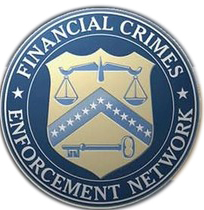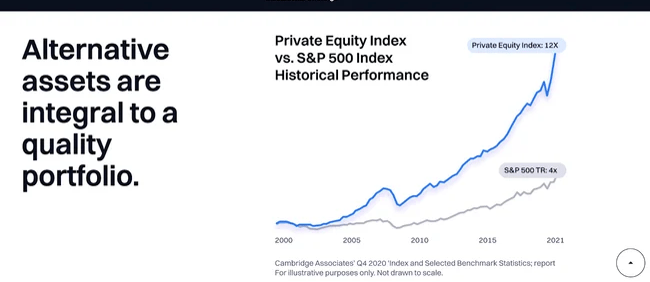In response to a Congressional mandate in Dodd-Frank, the Securities and Exchange Commission adopted Rule 21F-17 in August 2011, which provides:
(a) No person may take any action to impede an individual from communicating directly with the Commission staff about a possible securities law violation, including enforcing, or threatening to enforce, a confidentiality agreement . . . with respect to such communications.
In prior enforcement actions, the SEC has aggressively pursued actions against firms who have tried to limit the ability of its customers or employees to report violations. Against CBRE, the SEC did not like its form of separation agreement that had a representation that the departing employee had not already filed a compliant. The SEC did not like that Monolith Resources tried to limit whistleblowers by allowing them to report, but not retain any financial rewards for reporting.
A recent case is the first I recall that is taken against a broker-dealer or investment adviser. The order found that Nationwide Planning Associates, Inc. and investment adviser NPA Asset Management, LLC, and state-registered investment adviser Blue Point Strategic Wealth Management, LLC, impeded brokerage customers and advisory clients from reporting securities law violations to the SEC.
The offending language:
“The Recipient represents that [she / he] shall forever keep completely confidential all of the above terms of this Agreement and shall direct all those in privity with them (including their attorneys, CPAs, etc.) to keep the same completely confidential. The Recipient further represent[s] that [she / he] will forever refrain from any discussion, narration, or disclosure of any transaction, circumstance, conversation, or any other aspect of the Recipient relationship with any and all of the Company, with any person or entity.” …
“The confidentiality and non-disclosure provision does not prohibit the Recipient from responding to any unsolicited inquiry (i.e., an inquiry not resulting from or attributable to any actions taken by Recipient or by any third party at Recipient’s direction) about the Agreement or its underlying facts and circumstances initiated by any state, federal or self-regulatory commission or authority that regulates the business or activities of registered investment advisers or their representatives.”
I believe its okay to have the confidentiality provision in the first paragraph, as long as you have a carve-out for reporting to regulators.
These firms tried to get cute by saying the confidentiality provision didn’t apply if the regulators initiated the inquiry. It would still prevent reporting to the regulators by the client.
That’s an impediment to reporting an a violation of Rule 21F-17.
Sources:










